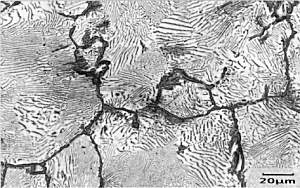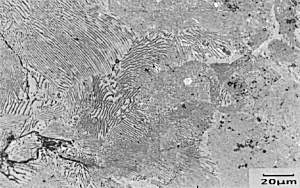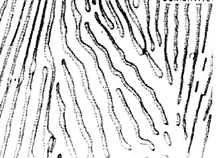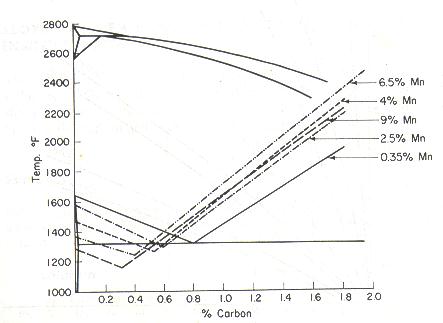

|
|
|
|
|
|
|
1. Get acquainted with Fe-Fe3C phase diagram.
2. Study the effect of the eutectoid invariant reaction on steel
microstructure.
3. Differentiate between eutectoid, hypo-eutectoid, and hyper-eutectoid
microstructures.
Generate your Abstract and line of thought
using (some of) the following keywords (use others if possible):
Invariant reactions: eutectoid reaction, Phase diagrams:
Fe-Fe3C system, phases, iron alloys types & applications,
Microstructure: hyper-, hypo-, eutectoid, pro-eutectoid phases.
Discuss the following topics in correct language
and organized flow of ideas within your introduction:
1. Definition: Invariant reactions, focusing on the eutectoid reaction
2. Phase transformations in a eutectoid reaction
3. Introducing the Fe-Fe3C system: phases, iron alloys types
(steel/cast iron)
4. Bonus: Eutectoid shifts
5. Effect of cooling rate, carbon composition on the phases
Include full details: magnification power, etching solution (composition/concentration), heat treatment specifications (temperature/time) if any.
Samples are made out of Fe-Fe3C. Four specimens with different carbon content were investigated as follows:
|
|
|
|
|
|
|
|
| Etched for 15 seconds in 2% Nitric acid in alcohol (nital) solution. | Grinding & polishing with diamond paste and finishing with a 1 micron grade, followed by etching with a 2% nitric acid in alcohol solution. |
|
Required: A "neat" sketch for the microstructure
--Use (some of) the following
pictures (cite the original reference) and comment on them in your
lab report

|
You can use the sketch to the right to trace phase transformation reaction
in the Fe-Fe3C (eutectoid reaction).
 |
 |
 |
 |
|
|
|
 |
 |
|
|
|
|
|
 |
Bonus: Can you figure out what is the name of this phenomenon?
[Reference] |
Kalpakjian, Serope. Manufacturing Process for Engineering Materials. Addison Wesley, 3rd Ed., 1997.
Smith, William F. . Principles of Materials Science and Engineering. McGraw Hill, 3rd Ed., 1996. (p. 128-132)
Academic Page for a similar experiment¶¶¶ http://compfab.me.lsu.edu/me3701/experiments/metallography/expt6.htm
Academic Page for a similar experiment¶¶¶ http://compfab.me.lsu.edu/me3701/experiments/metallography/expt7.htm
|
|
|